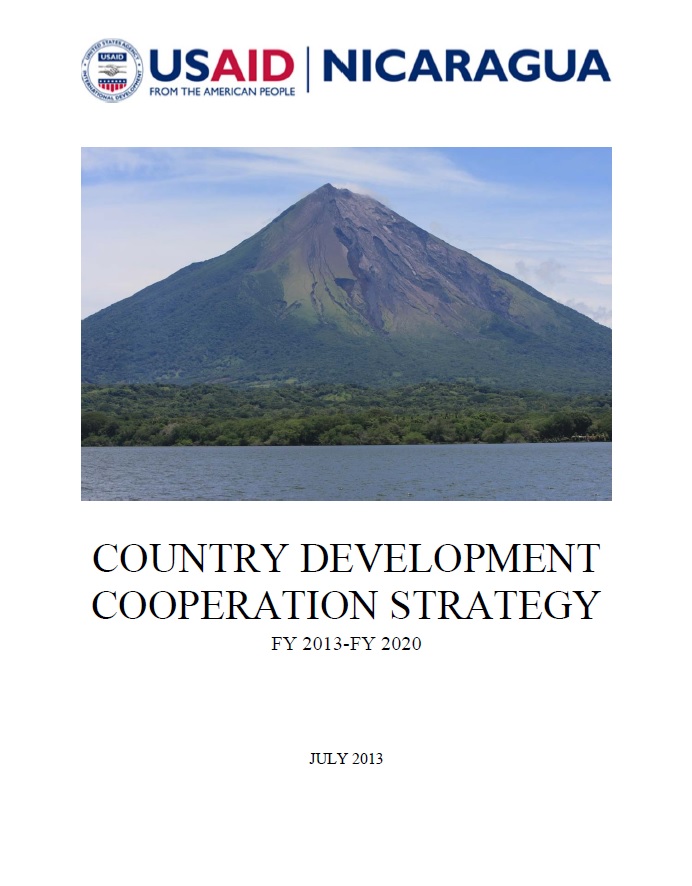Speeches Shim
Nicaragua faces significant development challenges as a result of democratic backsliding, persistent poverty, and growing insecurity. The international community viewed the 2008 municipal elections, the 2011 Presidential elections, and more recently the 2012 municipal elections as flawed, which in part led to half of all bilateral donors to depart or reduce the scope or scale of their programs. However, remaining donors will continue to try to improve the country’s development. USAID will increase the ability of the Nicaraguan citizenry to engage in democratic governance. Citizens who have the necessary tools, information, and skills will be better able to engage in governance, demand accountability, and affect positive, democratic solutions.
Nicaragua’s reputation as a relatively secure Central American country is at risk due to increased narcotics trafficking and other illicit activities, particularly in the far-removed Caribbean regions whose prospects for growth are dampened by a weak human capital base and poor education indicators. Crime statistics for the North Atlantic Autonomous Region (RAAN) and South Atlantic Autonomous Region (RAAS) are worse than the national average, with a rate of 13.9 homicides per 100,000 people nationwide and 15.9 per 100,000 in Managua, versus 29.1 homicides per 100,000 people in the RAAS and 21 per 100,000 in the RAAN for the period 2006-2009.1 The average number of years of schooling in Nicaragua is 5.8, the second lowest in the sub-region, and averages in the RAAS and RAAN are even lower at 2.9 and 2.3 years, respectively.2 In the RAAS, 45 percent of school age boys and 40 percent of girls are not in school, and 25.6 percent of girls and 25.2 % of boys are illiterate.3 In addition, the national primary level dropout rate is 9.5 percent, while it is 17 percent in the RAAS and close to 15 percent in the RAAN.
Given limited resources, USAID/Nicaragua will not be addressing economic growth or vulnerability to climate change as part of this Country Development Strategy (CDCS). However, it is important to reference these issues when elaborating on the context of Nicaragua as they are significant to its development. With a per capita income of $1,239 in 2011,5 Nicaragua is the second poorest country in the Western Hemisphere. Real GDP per capita has grown at only 2.8 percent annually since 2005, resulting in little impact on widespread poverty – currently 43 percent nationally and 63 percent in rural areas. Due to its geographical position, Nicaragua is highly vulnerable to climate change and its effects such as hurricanes, intense flooding, and droughts. Among the countries most affected by meteorological phenomena, Nicaragua ranks fourth in the Climate Risk Index (CRI) 1998-2011. In recent years, growing economic losses have been caused by intense rains followed by droughts. Coupled with the country’s limited adaptation capabilities and its poorly prepared population, Nicaragua’s vulnerability to climate change continues to grow.


Comment
Make a general inquiry or suggest an improvement.